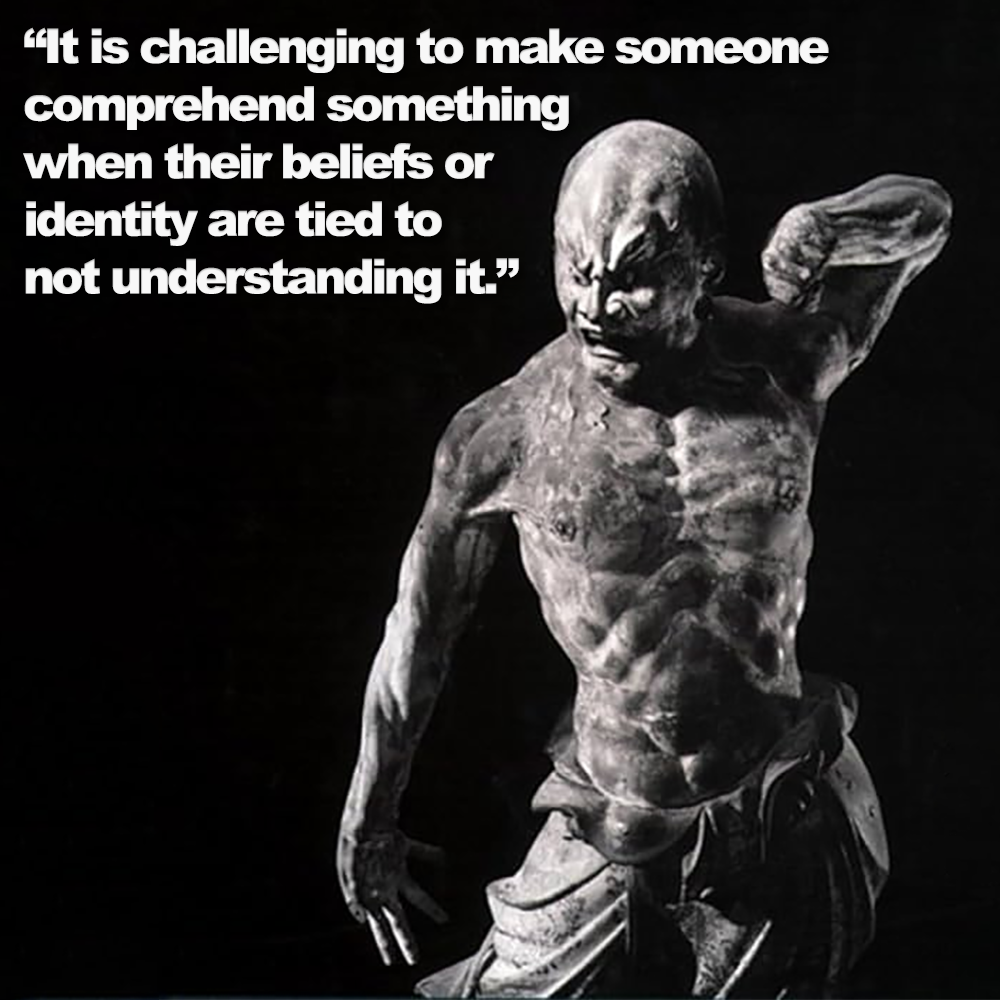
(2 minute read)
It never ceases to amaze me, from the comments on my articles, how many people have such strong opinions about the martial arts, particularly the practice of kata, despite a complete lack of experience. The internet amplifies these uninformed voices, creating a cacophony of assumptions that drown out the true value of this traditional art form.
.
This phenomenon is all too common, with misconceptions abundant, and they often stem from a lack of understanding, fueled by media portrayals, cultural stereotypes, and personal biases.
.
Concerning kata, which I have written about extensively recently, perhaps one reason lies in the inherent theatricality of a kata performance. Separated from its combative context, a series of ‘blocks’, strikes, and stances can appear like a choreographed dance, a far cry from the brutal efficiency some expect from fighting.
.
This disconnect fuels assumptions about its relevance or practicality. However, kata is a language, a coded representation of fighting principles. Understanding its grammar unlocks the hidden depths of the two-person drills within.
.
To those that need a reminder; the two-person drills came first – kata was never meant to be a standalone performance.
.
In an article I wrote recently I mentioned that the martial art and its practices are centuries old, a comment on this article read; “nope” with a laughing emoji.
.
You know, understanding a little history goes a long way to understanding the thing you are supposed to be commenting about.
.
The influence of media cannot be understated in perpetuating misconceptions about the martial arts. Movies, Social Media, and more, often depict martial artists as superhuman beings capable of extraordinary feats. While entertaining, these portrayals fail to capture the essence of martial arts training.
.
Personal biases and preconceived notions further contribute to the proliferation of misconceptions. Individuals may draw conclusions based on limited exposure or negative experiences, failing to recognize diversity and complexity.
.
Also, the desire to sound knowledgeable or assert one’s beliefs can lead to a further perpetuation of misinformation, hindering constructive dialogue and mutual learning.
.
As someone recently commented; “I comment ‘cos I can.” – If you’re going to comment at least say something worth reading.
.
The key takeaway? True understanding of the martial arts, and kata specifically, comes from stepping off the sidelines and onto the training mat, perhaps into a more pragmatic karate dojo. One which emphasizes a more practical approach to karate. That’s where the depth, and practical application become evident.
.
Of course the problem is that not all schools are equal, the specific way they train can vary depending on the instructor’s background, understanding and philosophy.
.
It’s important for individuals to approach these topics with an open mind and a willingness to learn, rather than relying on assumptions, a lack of experience, and misconceptions. After all, we are all here to learn.
.
“It is challenging to make someone comprehend something when their beliefs or identity are tied to not understanding it.”
.
.
Photo Credit: From Karate-Do Kyohan: The Master Text by Funakoshi Gichin
.
